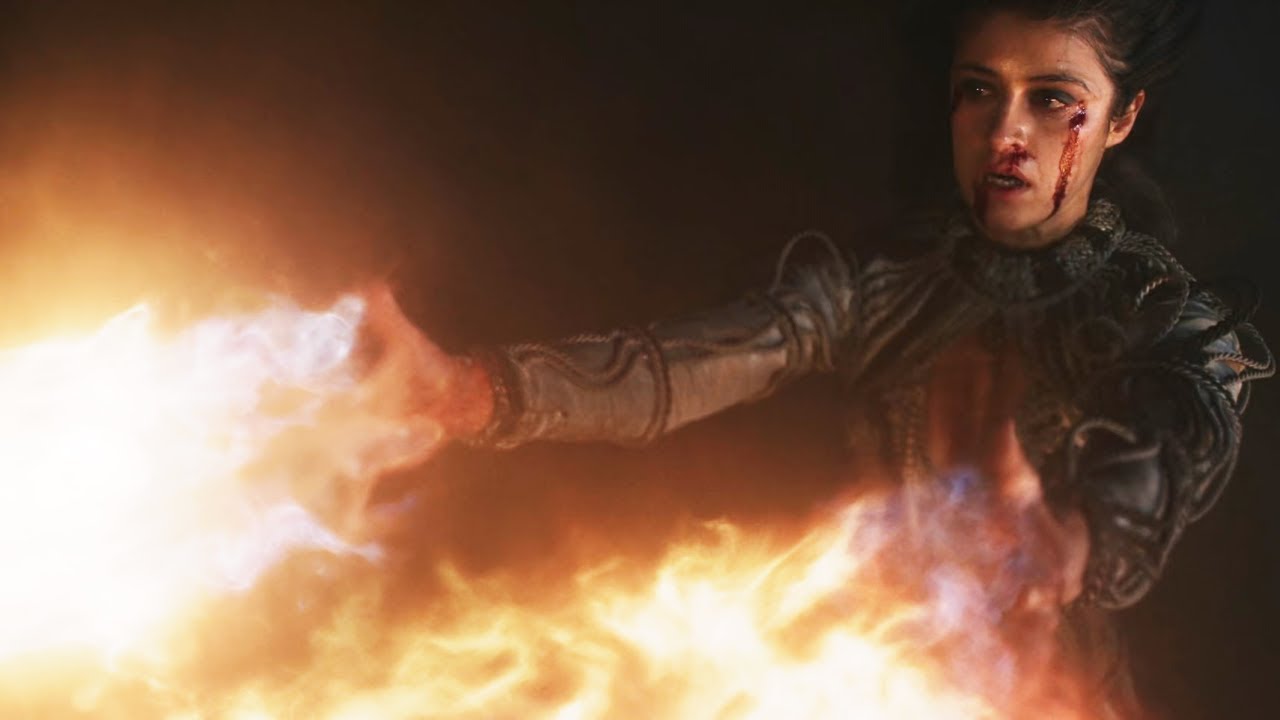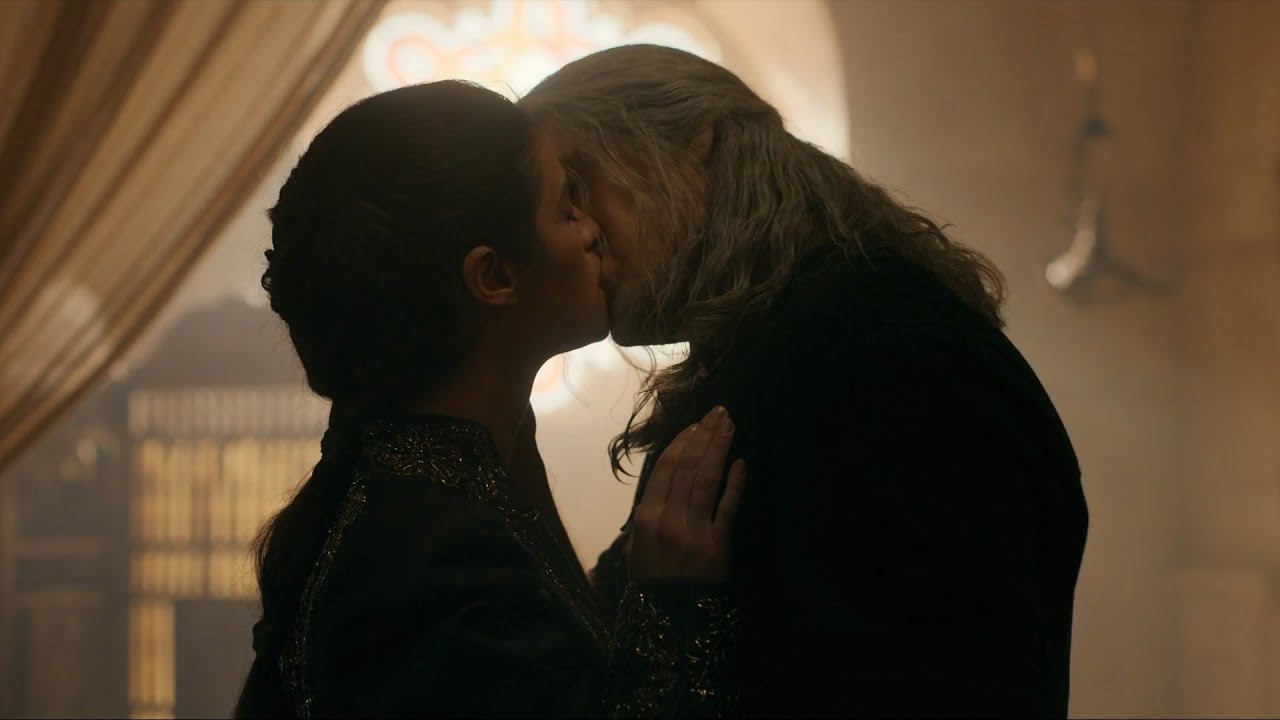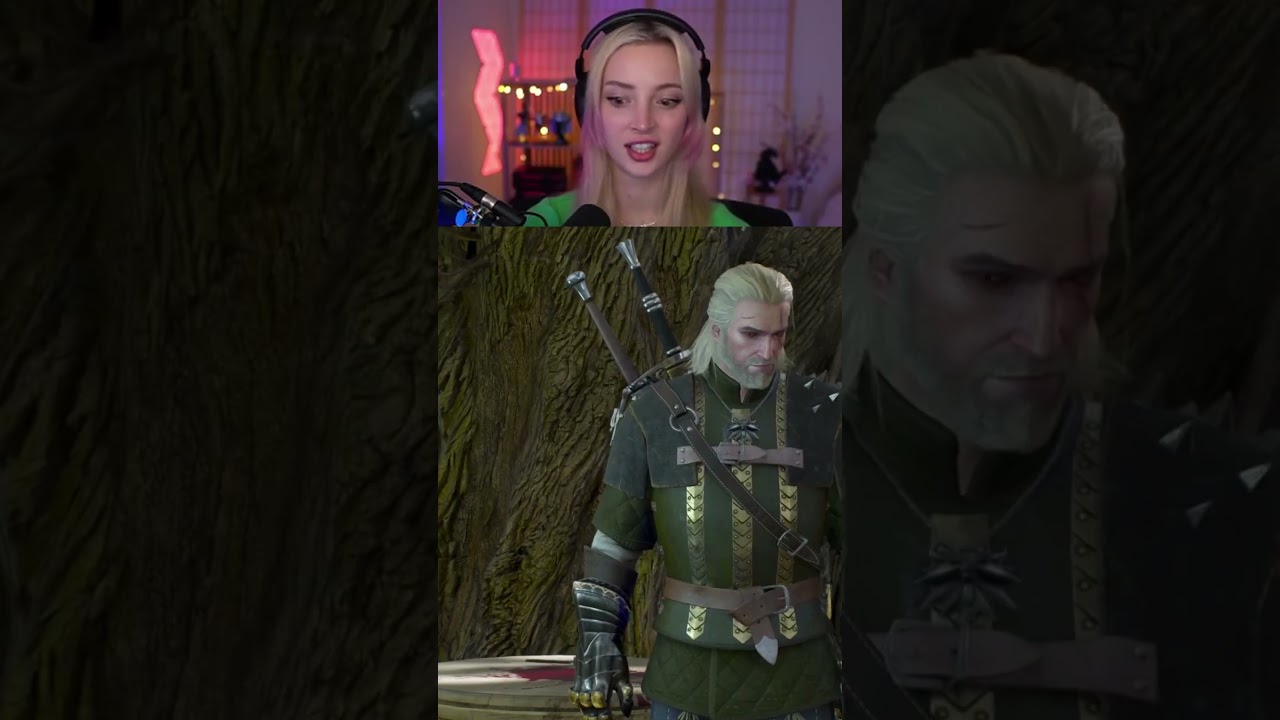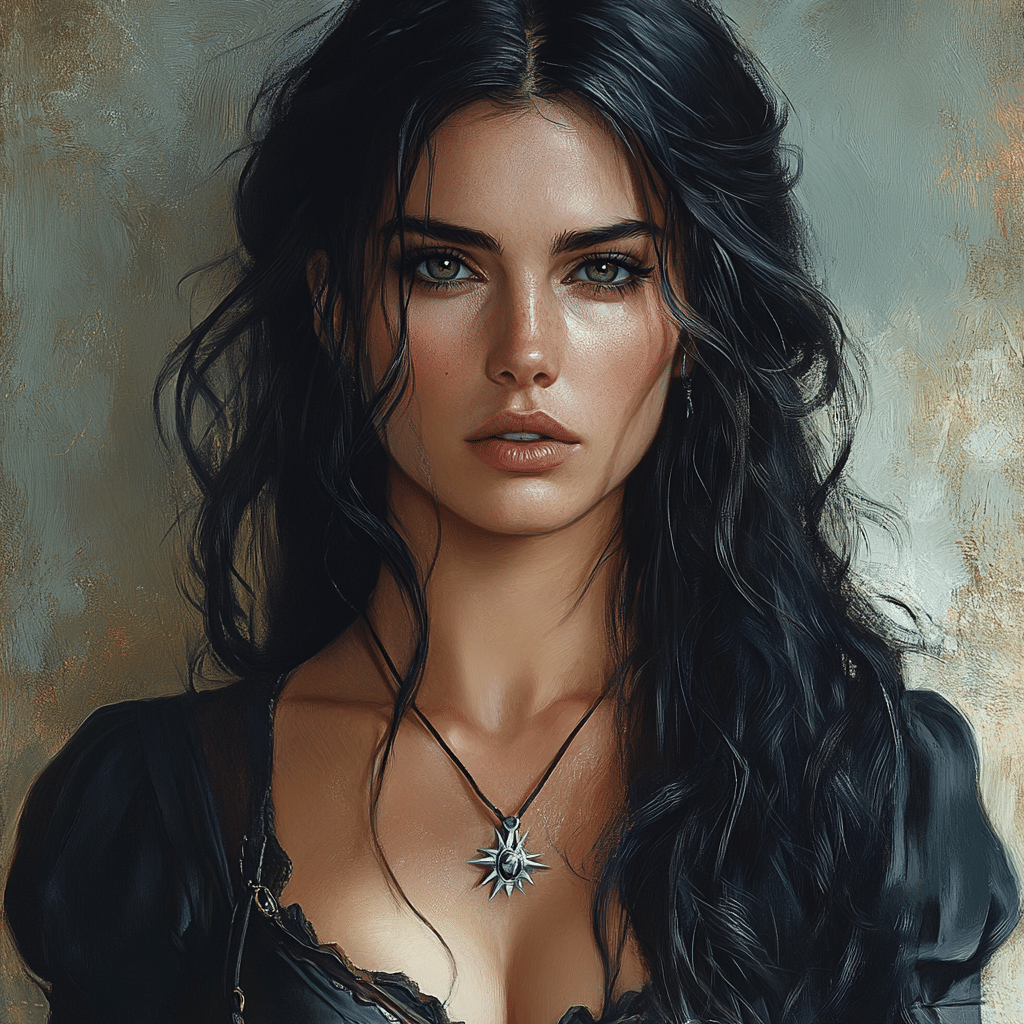
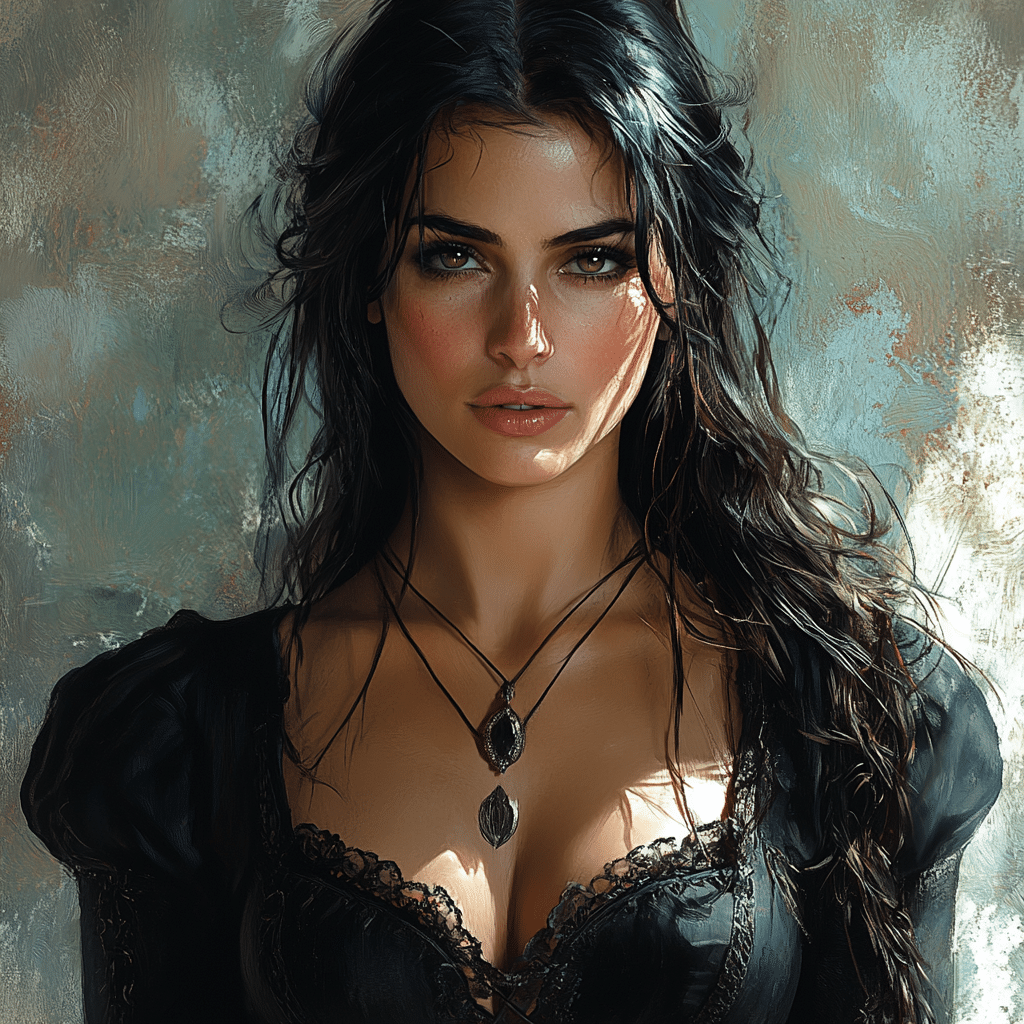
The complex character of Yennefer witcher has long captivated audiences, first emerging in the literary works of Andrzej Sapkowski and later stealing the spotlight in video games and Netflix’s adaptation. Portrayed by Anya Chalotra, Yennefer represents a modern vision of femininity, power, and autonomy within fantastical narratives. This article unpacks the layers that make Yennefer witcher an enduring figure in popular culture, diving into her character’s intricate development and the implications of her narrative arc in the current landscape of storytelling.
7 Fascinating Dimensions of Yennefer Witcher’s Characterization
Yennefer’s persona embodies a rich tapestry of struggles and victories, reflecting themes that are central to the Witcher franchise. Here are seven crucial dimensions that define her character in 2024:
Yennefer’s evolution from a hunchbacked, physically challenged young woman to a formidable sorceress symbolizes society’s ongoing battle with identity and self-acceptance. The narrative—both in the novels and the series—charts her transformation in a way that resonates with real-life issues around body image and societal roles. Her character challenges viewers to consider their understanding of beauty and strength.
In the Witcher series, Yennefer demonstrates a complex grasp of power dynamics, especially within her relationships with Geralt and other characters. Her cunning and strategic manipulations serve to elevate her as a beacon of feminist strength in a world often dominated by patriarchal figures. This portrayal mirrors contemporary discussions about female empowerment, as Yennefer leverages her intellect and cunning to assert her place.
Yennefer is not simply a supplementary character; she embodies feminine agency at its finest. By consciously carving her path, she defies the limitations imposed by both men and societal expectations. This aspect of her character sparks timely conversations about the multifaceted nature of femininity and the ongoing shift towards recognizing women’s autonomy in 2024.
The enigmatic origins of Yennefer reveal layers of trauma and resilience that add depth to her character. Born with deformities resulting from a congenital condition, Yennefer’s challenging childhood subjected her to neglect and abuse. This backstory enriches her character, paralleling discussions in media about the importance of crafting complex character arcs that reflect real emotional struggles.
Yennefer’s relationships with figures such as Geralt and Ciri resonate with emotional weight and complexity often absent from typical fantasy portrayals of women. These bonds move beyond competition, showcasing genuine solidarity and mutual support. This layered dynamic offers a refreshing take on friendships among women, breaking away from tired tropes of rivalry.
The cultural phenomenon surrounding Yennefer witcher has exploded in the age of social media. Platforms like Twitter and TikTok have become hotbeds for fan discussions, enriching the narrative around her character. Hashtags, including #wearehairy, have encouraged body positivity and acceptance, amplifying her impact and relatability among diverse audiences.
When analyzing sorceresses in contemporary media, Yennefer witcher can be compared to characters like Esdeath from “Akame ga Kill.” Both characters are multifaceted and emotionally intricate, challenging viewers’ perceptions of female villains and anti-heroes. This juxtaposition speaks volumes about how modern storytelling is evolving to embrace complex female characters who defy simple categorization.
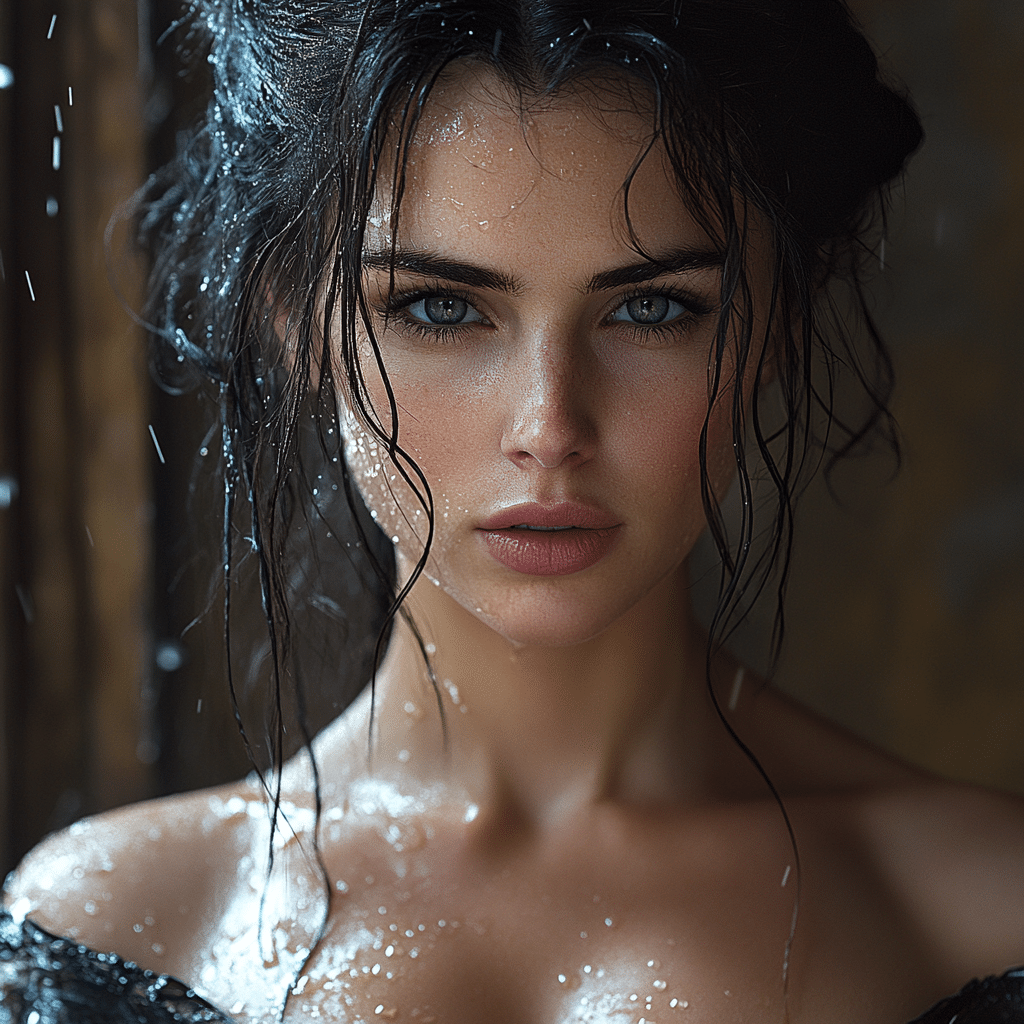
Yennefer Witcher: Cultural Impact and Future Considerations
The character of Yennefer witcher stands as a cornerstone in the Witcher series and serves as a significant reference point for conversations around feminist representation in fantasy. As the narrative surrounding women continues to evolve, Yennefer’s portrayal sets a standard for depth and relatability in character development, setting the stage for shifting expectations for female leads in the upcoming years.
Portrayals like Yennefer’s catalyze vital discussions about the representation of women in various genres. Moving forward, it’s crucial for creators to focus on intricate characters that resonate with broad audiences. In 2024, as the demand for diverse storytelling grows, Yennefer remains pivotal in sustaining conversations on character complexity.
As we delve deeper into future storytelling, Yennefer’s legacy will likely shape who we see on screen. Her character transcends the typical hero-villain dichotomy, demonstrating the necessity for rich narratives that reflect a spectrum of human experiences—and, yes, mistakes. The journey of Yennefer witcher is one of triumph and vulnerability, reminding us that the stories we tell can empower, entertain, and inspire future generations.
Yennefer, along with other characters in the lore like Oona O’Neill and figures from shows like Grantchester Season 9, symbolizes a forward trajectory in flight against traditional archetypes. As we approach new narratives, embracing the depth and diversity that Yennefer witcher embodies will play a crucial role in redefining our cultural landscapes. Whether contrasted with characters like Breese Maroc or Bebefinn, her multifaceted persona allows audiences to engage with more than just surface-level narratives.
In conclusion, Yennefer of Vengerberg isn’t just a character in a series; she stands as a testament to the possibility of rich, nuanced storytelling. Her journey—and the representation she brings—reminds us that through the lens of modern media, we can explore the depths of humanity in its true form. The world is ready for stories that celebrate complexity, and Yennefer is leading the charge.
Yennefer Witcher: The Enigmatic Sorceress of Vengerberg
Yennefer, the beguiling sorceress from The Witcher, has intrigued audiences with her blend of strength and vulnerability. Did you know that her character draws inspiration from various magical mythologies? The creators have mentioned that Yennefer’s arc reflects the struggles many women face, highlighting themes of empowerment and self-discovery. This mirrors real-life narratives in television, like those in 1000-lb Sisters Season 5, where personal battles showcase resilience against adversity. It’s fascinating how Yennefer’s complexity resonates both in fiction and reality.
When it comes to her iconic look, Yennefer’s raven-black hair and vivid violet eyes set her apart from other characters in the series. Interestingly, the spell that grants her stunning beauty is akin to a transformative journey, not wholly unlike the way a land surveyor sees landscapes differently—bringing meaning and perspective to what lies beneath the surface. It’s a bit like indulging in a Wendy’s mozzarella chicken sandwich after a long day; it feels rewarding and fulfilling! Both experiences offer a twist on perception, whether it’s through magic or culinary delight.
Lastly, Yennefer’s backstory is rich with tragedy, including her difficult upbringing, which highlights the human experience. Jorge Salinas once portrayed characters embroiled in similarly tumultuous narratives, adding depth to his roles. The connection between Yennefer and other iconic figures, like Hilda Furacão, emphasizes the multifaceted nature of storytelling. Her journey is a testament to the idea that overcoming personal demons isn’t just fantasy, but a relatable quest we all endure in real life, echoing the line between reality and the fantastical in timeless tales.
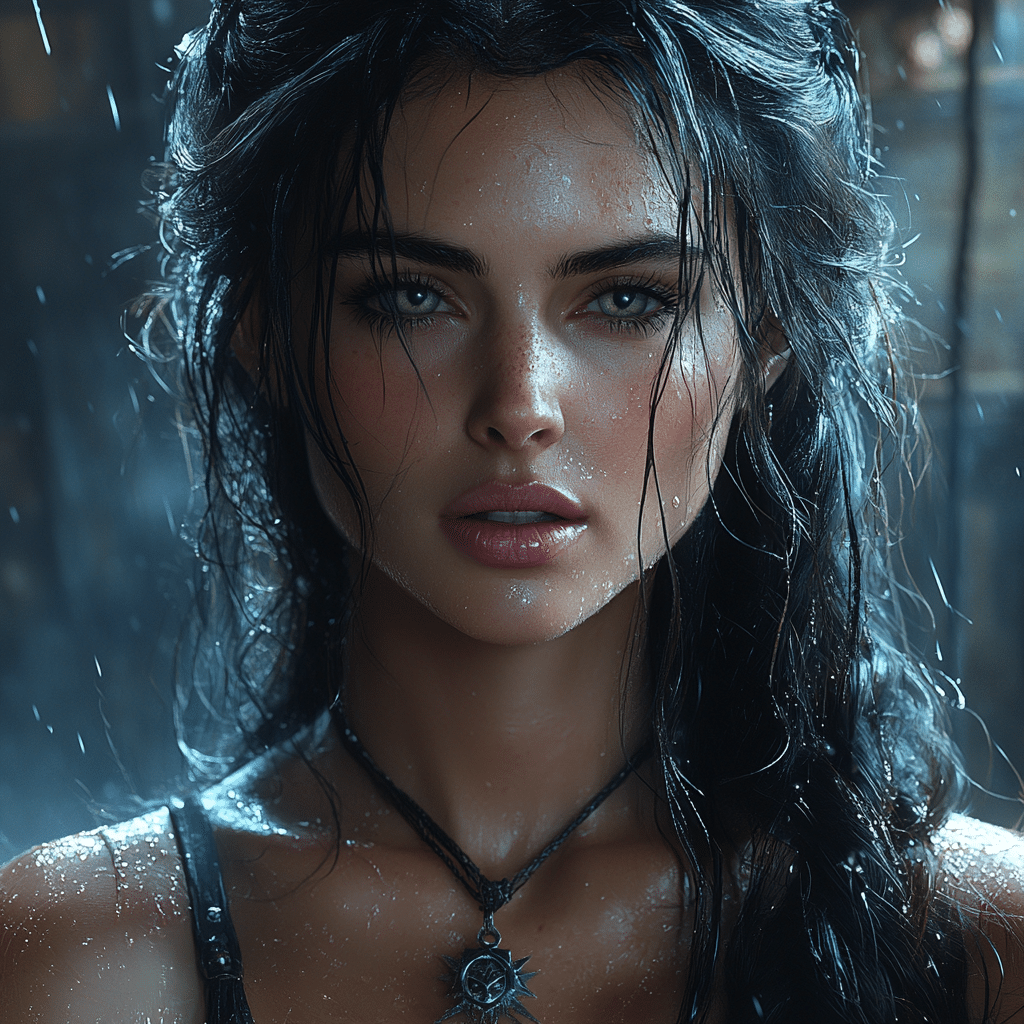
Did Geralt get Yennefer pregnant?
Geralt didn’t get Yennefer pregnant in a biological sense because neither of them can conceive naturally, though magic can create possibilities beyond their physical limits.
Why was Yennefer deformed?
Yennefer’s deformity stems from a congenital condition and a tough childhood filled with neglect and abuse, which deeply affected her self-esteem.
Why did Yennefer become beautiful?
Yennefer became beautiful after undergoing a transformation at Aretuza that involved magical enhancements, fixing her physical appearance and enhancing her powers.
What condition does Yennefer have?
Yennefer has a condition that caused her to be born with a hunchback, leading to her challenging early life and struggles with self-worth.
Why did they take out Yennefer’s uterus?
They removed Yennefer’s uterus as part of her transformation, a process that made her more powerful and glamorous but also rendered her unable to bear children.
Who did Geralt get pregnant?
Geralt doesn’t actually get anyone pregnant, as the nature of their realities involves magic and implications of fertility that go beyond mere biology.
In what episode does Yennefer become beautiful?
Yennefer’s beauty transformation occurs in the first season of “The Witcher,” specifically during her journey at Aretuza, where her physical appearance drastically changes.
Does Geralt marry Yennefer?
Geralt doesn’t marry Yennefer in the traditional sense, but their love story is central to the narrative, filled with complications and deep connections.
Why is Yennefer sterile?
Yennefer’s sterility is tied to her original biological state and the magical circumstances surrounding her transformation, which affected her ability to have children.
Does Yennefer age?
Yennefer experiences aging differently than ordinary humans due to her magical nature, but she does grow old, albeit at a slowed rate compared to others.
Why did Henry Cavill leave The Witcher?
Henry Cavill left “The Witcher” to pursue other opportunities and commitments, including film roles and other projects that caught his interest.
Does Yennefer sacrifice Ciri?
No, Yennefer doesn’t sacrifice Ciri. Their relationship is complicated, filled with protective instincts, rather than sacrificial choices.
Who is Geralt of Rivia’s true love?
Geralt of Rivia’s true love is Yennefer, despite the trials and tumult in their relationship, she remains his primary connection throughout the series.
How did Yennefer fix her hunchback?
Yennefer fixes her hunchback through a magical transformation that not only alters her appearance but also enhances her powers and confidence.
How old is Jaskier?
Jaskier’s age isn’t explicitly detailed in the series, but he’s generally portrayed as a young man, likely in his late twenties or early thirties.





